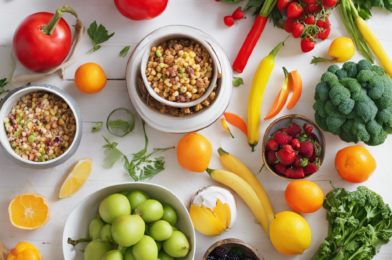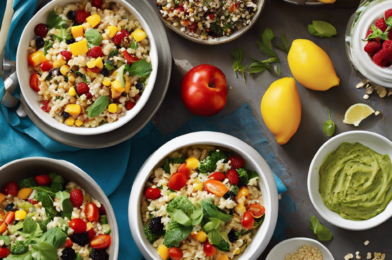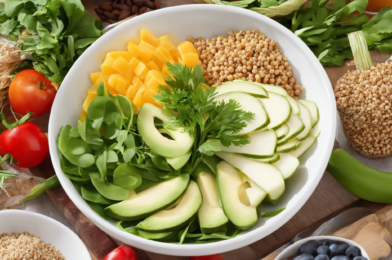Our relationship with food is complex and deeply personal. It can bring us immense pleasure and satisfaction, but it can also be a source of stress, anxiety, and confusion. With the plethora of diets and wellness trends circulating, it’s no wonder many of us have a tumultuous relationship with what we eat. However, there is a growing movement that encourages a different approach – mindful eating. This concept is about developing a healthy mindset around food, one that focuses on awareness, intuition, and a deep understanding of our individual needs.
Mindful eating is not a diet, nor does it prescribe specific foods or meal plans. Instead, it encourages us to pay attention to our body’s signals, to recognize hunger and fullness cues, and to respond to them appropriately. It involves all our senses – noticing the colors, textures, aromas, and flavors of our food, and being present throughout the entire eating experience. By practicing mindful eating, we can develop a more positive and nourishing relationship with food. We begin to understand and honor our body’s unique needs, respecting its signals and responding in a way that nurtures our health.
A key aspect of mindful eating is slowing down and removing distractions during mealtimes. In our fast-paced world, many of us eat on the go or while engaged in other activities, which can lead to overeating or mindless consumption. By setting aside time to eat without distractions, we can fully engage our senses and be mindful of the food we are consuming. This practice can help us recognize when we are full and prevent us from overeating.
It also encourages us to be aware of our thoughts and feelings around food. Many of us have emotional connections to certain foods, and we may use food to comfort, reward, or distract ourselves. By bringing awareness to these thoughts and feelings, we can begin to understand our patterns and make peace with food, allowing us to choose foods that nourish us physically and emotionally.
Practicing mindfulness can help us recognize and appreciate the nourishment we receive from food. It encourages us to be curious and open-minded about new foods and flavors, and to savor and enjoy the eating experience. Mindful eating also involves understanding where our food comes from and how it affects our body and the world around us. This can lead to more conscious food choices and a deeper appreciation for the role of food in our lives.
Developing a mindful eating practice can be a powerful tool for improving our overall health and well-being. It can help us manage our weight and improve our digestion, energy levels, and mood. When we listen to our bodies and respond to its needs, we naturally make choices that support our health and allow us to thrive. This practice is about embracing a positive and respectful relationship with food and our bodies.
Remember, mindful eating is a journey, and it may take time to undo any negative thought patterns or habits you may have developed around food. Be patient and compassionate with yourself as you learn to trust your body’s wisdom and develop a healthier relationship with food. Embrace the process and enjoy the benefits that come with nurturing your body and mind.
Finally, if you are seeking to develop a healthier relationship with food, mindful eating is a practice worth exploring. It offers a holistic approach that goes beyond just the food on your plate, encouraging a deeper understanding of your body and its unique needs.










